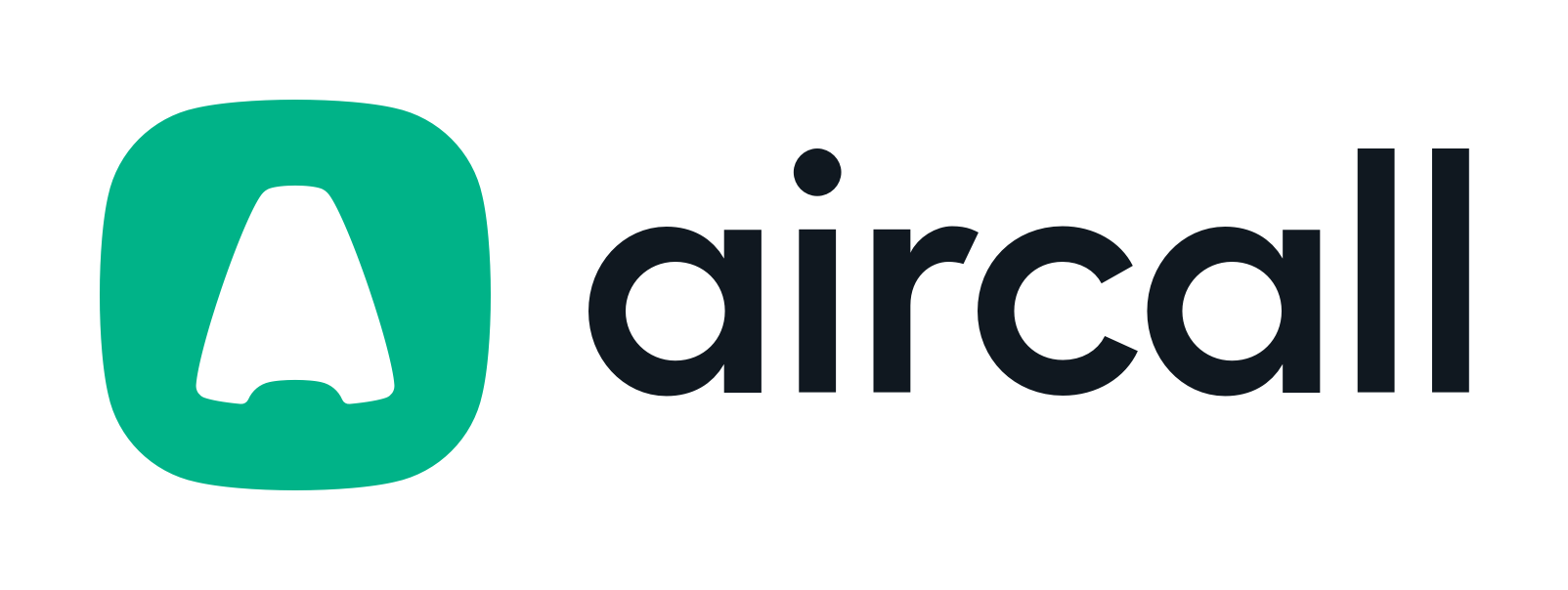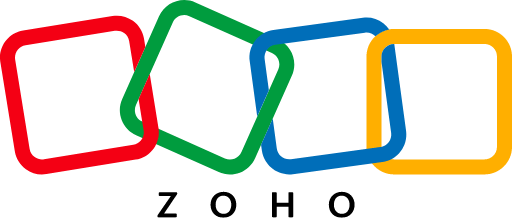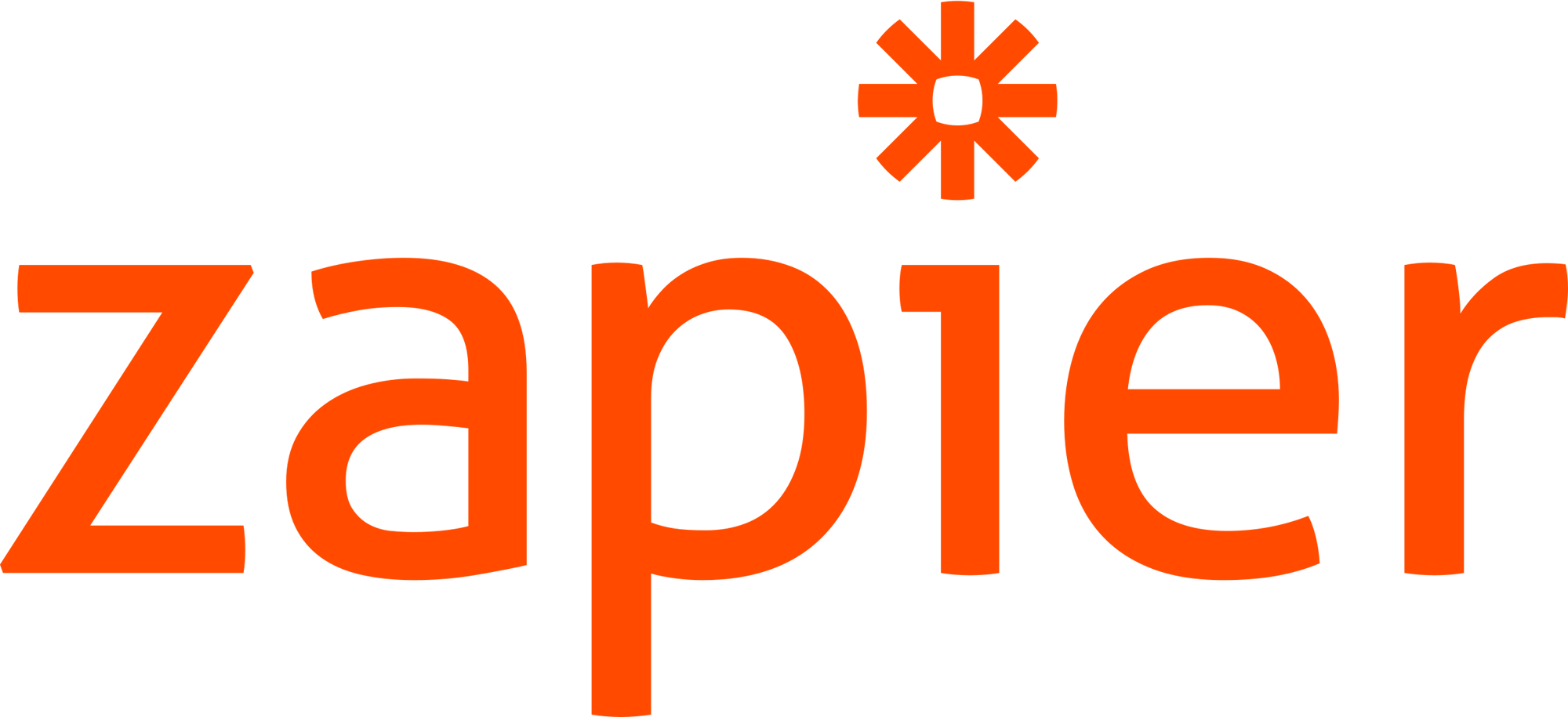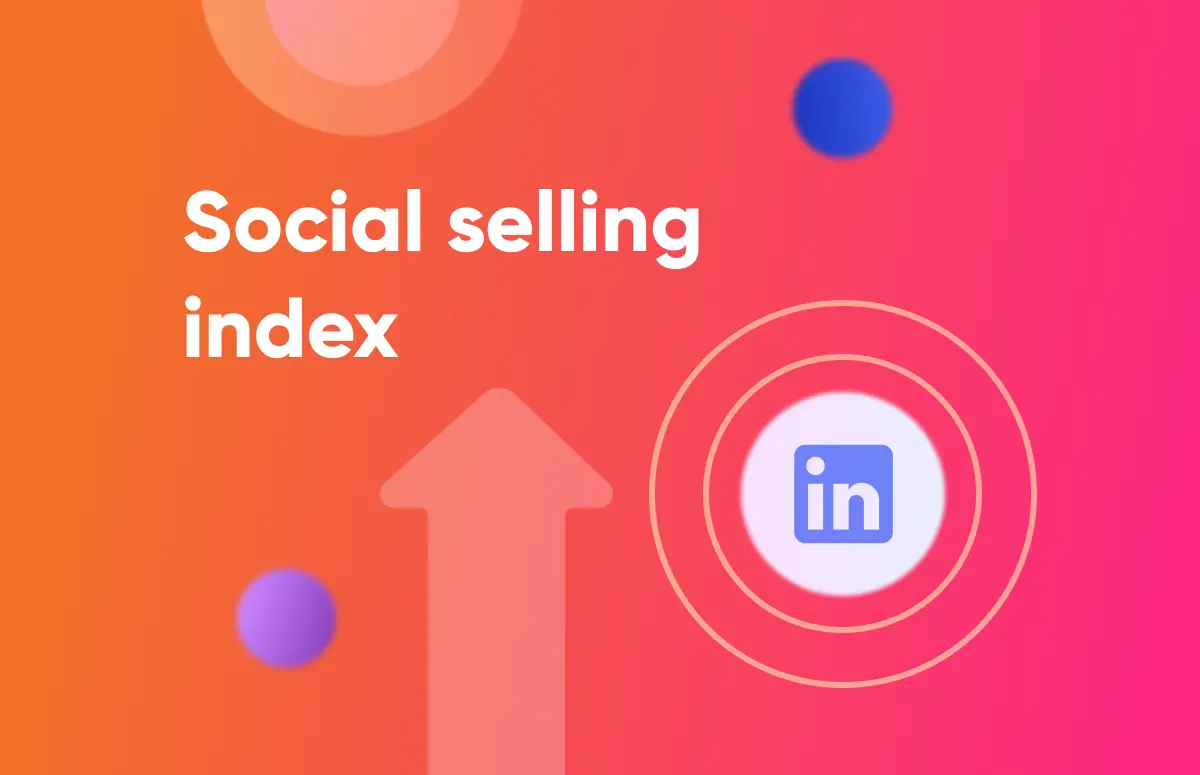![How to Get Phone Numbers From LinkedIn [Step-By-Step]-festured-image](https://6052405.fs1.hubspotusercontent-na1.net/hubfs/6052405/EN_resource-card-how-to-get-phone-numbers-from-linkedin.png)
Create a Personal Brand on LinkedIn: 11 Tips [+ Post Ideas]

Look no further if you’re looking for ways to build a personal brand on LinkedIn. 💥
Here are 11 ways:
- Make your LinkedIn profile enticing.
- Optimize your profile for SEO.
- Engage with your target audience.
- Share valuable content.
- Try using different content types like video.
- Join LinkedIn Groups.
- Speak at LinkedIn Events.
- Write LinkedIn articles.
- Reply to your direct messages.
- Add new connections.
- Seek endorsements and recommendations.
1. Make your LinkedIn profile enticing
First, we know that you need to sell yourself in both recruitment and sales. If you do not have a LinkedIn profile that looks like the part, you won’t be able to do this well.
Begin building your personal brand on LinkedIn with an enticing profile for yourself.
Good LinkedIn profiles include:
- A high-quality profile photo. The image should be a clear picture of yourself (a head and shoulders shot). You could edit it to have a colorful background.
- Eye-catching banner image. Tools like Canva might be helpful here. Your banner image should communicate what you offer or the company you work for. You could even include a CTA, but keep it clean and make sure the image isn’t overcrowded.
- Write a headline. A good headline is like an elevator pitch. Hook profile visitors in with something memorable.
- About section. The “About” section expands on what you offer and what makes you stand out.
- Relevant experience. LinkedIn makes adding your past and current job roles or experiences easy. Keep this up-to-date so your profile visitors know what you’re up to now.
Will Allred, Co-Founder at Lavender, has a great example of everything a LinkedIn profile should be. The profile photo and banner image are creative, and his headline makes it easy to understand his offer. 👇
%20%5B+%20FR,%20ES%20and%20DE%20variations%5D/Personal%20brand%20LinkedIn/screenshot-will-allreds-linkedin-profile.webp?width=600&height=776&name=screenshot-will-allreds-linkedin-profile.webp) (Screenshot of Will Allred’s LinkedIn profile)
(Screenshot of Will Allred’s LinkedIn profile)
2. Optimize your profile for SEO
When starting on your personal brand, it would help if people could find you on LinkedIn! You need to make sure that your profile is search-friendly.
Here is what you should look at for LinkedIn SEO.
- Add keywords to your profile. For example, if you work in SaaS sales, you’ll want to add keywords to prove it. You could even go as far as adding specific areas like ‘online ID&V’.
- Use the hashtag feature. Add some hashtags to your profile to appear in the People Search. Remember, users can find you based on what you talk about. Choose the hashtags when you update your interests on your profile.
- Change your LinkedIn URL. Did you know that you can customize your LinkedIn URL? It’s a great place to add keywords. Ryan Reisert, for example, has the URL: /salesdevelopmentrepresentative.
- Keep active. Always remember that your activity on LinkedIn leaves a trail. The more you use it, the easier you will be to find.
👉 How to find candidates on LinkedIn, check out these seven ways.
3. Engage with your target audience
Sellers and recruiters have got to be multi-channel now. This is why engaging with your audience is important in the sales cadence.
A good place to start is to comment on relevant posts by your target personas. Anywhere you can add value. Thoughtful comments on relevant threads could lead to a new connection request.
There are many other ways to make human connections. For instance, congratulate your prospects on their recent achievements.
Morgan J Ingram, a Top Sales Voice on LinkedIn, says that having a formula for personal branding helps.
Morgan says that you should set 3-5 social media goals that you can hit every week; these could be:
- Post twice per day.
- Follow ten new people every week.
- Engage with ten people every week.
- Write one long-form post every week.
4. Share valuable content
In outbound, you’ve got to be value-based at every step of the selling process. Prospects will get to know who you are if you’re sharing something they can resonate with.
Even if they aren’t ready to buy right now, if people know you are someone they can go to with a particular problem, it’ll help you in the long run.
For example, David Bentham, VP of Global Sales Development at Cognism, has a strong LinkedIn personal brand. David shares useful updates for the company’s sales target persona. He shared a recent post about the progression from sales development rep to account executive (AE). 👇
%20%5B+%20FR,%20ES%20and%20DE%20variations%5D/Personal%20brand%20LinkedIn/screenshot-david-bentham-linkedin-post.webp?width=450&height=576&name=screenshot-david-bentham-linkedin-post.webp) (Screenshot of LinkedIn post about SDR to AE progression)
(Screenshot of LinkedIn post about SDR to AE progression)
5. Try using different content types like video
When you get into a cadence for posting, the next step is experimenting with different types of content. Videos and visuals like infographics grab users’ attention while scrolling the feed.
With more content types, you’ll also be able to offer an even more personalized experience based on what your potential clients like to engage with. You can analyze content performance using tools like SHEILD (more on that later on).
6. Join LinkedIn Groups
There are plenty of features on LinkedIn that help you build a personal brand. One notable feature is LinkedIn Groups, where users join to interact around specific subjects. These can be a gold mine for finding suitable prospects.
In the LinkedIn Groups, you’ll easily be able to share your expertize.
7. Speak at LinkedIn Events
Lots of events happen live on LinkedIn every week. As part of building a personal brand, you should jump at the opportunity to speak at industry events!
Speaking will connect you with more people in your target audience and help build credibility if you are on the agenda. People will likely contact you as you develop your LinkedIn personal brand.
%20%5B+%20FR,%20ES%20and%20DE%20variations%5D/Personal%20brand%20LinkedIn/screenshot-cognism-event-post.webp?width=450&height=760&name=screenshot-cognism-event-post.webp) (Example of a LinkedIn Event hosted by Cognism)
(Example of a LinkedIn Event hosted by Cognism)
👉 Kaspr makes it easy to get contact details from profiles, groups, events, posts and lists on LinkedIn. See more info on our LinkedIn Chrome Extension.
8. Write LinkedIn articles
Content creation on LinkedIn is now incentivized with the launch of “creator mode”.
With longer-form content types and writing blog posts, it’s well worth taking advantage of LinkedIn’s article feature. LinkedIn Pulse will help to showcase your knowledge.
The articles also rank on Google, so, as well as publishing the content to a massive audience on LinkedIn, you’ll capture users of organic search.
💡 Tip: LinkedIn’s algorithm also pushes creators to add their thoughts to collaborative articles. These pop up in the feed, so it’s worth adding your two cents here, too.
9. Reply to your direct messages
To build a successful personal brand on LinkedIn, you must be generous with your knowledge. Your target audience might send you a direct message for more information. Or if you’re doing outbound sales, maybe it’s you messaging first.
Always be sure to keep an eye on your inbox. You should check and respond to your messages before you complete your daily prospecting routine.
10. Add new connections
If you’re in recruitment or sales, you’ll likely use LinkedIn Sales Navigator or Recruiter Lite to help support your prospecting. Adding new connections is also a key part of building your LinkedIn personal brand.
Although you’ll get more connections as you post more, adding the people you want in your sphere of influence makes sense.
11. Seek endorsements and recommendations
Social proof can sometimes be hard to come by. But LinkedIn’s endorsements feature makes it easy to give feedback. Ask for endorsements from people you know and have worked with.
The people you ask to endorse you could be colleagues, customers, or other professionals you’ve encountered in the industry.
%20%5B+%20FR,%20ES%20and%20DE%20variations%5D/Personal%20brand%20LinkedIn/screenshot-of-endorsements-linkedin.webp?width=500&height=296&name=screenshot-of-endorsements-linkedin.webp) (Screenshot of where you give someone an endorsement on LinkedIn)
(Screenshot of where you give someone an endorsement on LinkedIn)
Blockers to building a personal brand
Some key blockers prevent sellers and recruiters from building their personal brand. LinkedIn can be an intimidating place, and so people struggle with:
- Imposter syndrome - Stemming from the belief that you’re not experienced enough to tell people how to do their jobs.
- Finding a niche or style - With content creators already on LinkedIn, it can be hard to see where you can add value to existing info.
- Setting aside the time - It takes time to create a content strategy. Many prospectors want to do it but are unsure how to fit it around their day-to-day tasks.
- Staying consistent - This goes out to the post you did six months ago that didn’t get much engagement. When the immediate ROI is low, it’s hard to see the long-term value.
Sound familiar? No worries, we’ll go through how to overcome these next.
Overcoming imposter syndrome
You can block yourself from even getting started with imposter syndrome. Here are some tips for overcoming it when beginning your personal branding journey.
- As long as you’re consistent, nobody will care.
- Remember, you can’t cause damage with a small audience.
- Don’t underestimate the value you can add; there is an audience for you!
- Disagreements or negative comments can be good for your personal brand.
- Use your first posts as a testing ground.
How to build out your LinkedIn profile
Before creating content, a good place to start is to look at your profile.
Here, you can optimize for an increase in profile views and make it an interesting place to be.
Make sure you:
- Use a profile picture and banner image.
- Optimize your bio with keywords, for example, helping SaaS leaders hire SDRs.
- Create a headline that’s benefit-led.
- Build out your ‘about’ section.
- Switch creator mode on.
Alice de Courcy, CMO and Jonathan Ilett, VP of Global Sales talk through how they put in place personal branding at Cognism in the clip below. 🎬
Here’s some more advice to build a following from the ground up. There are three key things you can do to get your personal branding journey off on the right foot.
They are:
- Accept you’re imperfect - There’s an audience out there for everyone; even if you think your insights are basic, there will be someone who finds them useful.
- Have a posting routine - A/B test different times and days and see what works best for you. Getting into a routine will make sure you set time aside.
- Have a content strategy - If deciding what to post off the cuff doesn’t work for you, make sure you have a rough plan.
You also need to know who you’d like to target with your content.
If your audience is more niche, you might need to set your sights beyond LinkedIn. Look at other communities like Slack channels, subreddits, and Quora threads. Do some digging to find out where your people hang out. If you’re still not sure, follow people you can ask.
When you start forming your own LinkedIn posts, it can help to follow a formula. There’s one called Align, Present, Proof (APP). If you use APP, you can ensure that your content is relevant to your audience’s pain points and provide them with actionable insights they can take away.
Who to follow for inspiration
Looking at what others in outbound sales and recruitment are doing on LinkedIn helps. With this inspiration, you can develop your unique style.
Let’s go through some good profiles now. 👇
Elric Legloire is the Global SDR Manager at Agorapulse and the SDR Game podcast host. He’s building the team at Agorapulse and has lots of valuable content to share. Personal branding has been important for Elric to build up his podcast and have guest SDRs on from Deel, Snowflake and many more.
%20%5B+%20FR,%20ES%20and%20DE%20variations%5D/Personal%20brand%20LinkedIn/screenshot-elric-legloire-linkedin-profile.webp?width=700&height=473&name=screenshot-elric-legloire-linkedin-profile.webp) (Screenshot of Elric Legloire’s LinkedIn profile)
(Screenshot of Elric Legloire’s LinkedIn profile)
Morgan J Ingram is another great person to follow for sales advice. Morgan was a sales trainer and now creates content around tactical outbound advice for cold calling, writing emails and much more!
Hishem Azzouz, the host of The Recruitment Rollercoaster Podcast, shares a lot of value-led content. It’s all relevant to what’s happening in the market right now. Since Hishem also mentors recruiters, he uses the insights to create posts that encourage engagement.

(Screenshot of a LinkedIn post by Hishem Azzouz)
Sophie Allen recruits SDRs for leading SaaS sales businesses. One way Sophie engages with her audience is by asking for opinions on sales subjects like cold outreach.

(Screenshot of a LinkedIn poll by Sophie Allen)
Sean Anderson is Co-Founder & CEO of Hoxo Media, a personal branding agency for recruiters. Sean’s advice also focuses on his target audience; he often uses real-life experiences as the basis for his posts.

(Screenshot of a LinkedIn post by Sean Anderson)
How to set personal branding goals
Before you get started, it makes sense to set yourself goals. These will work towards engagement on posts, new connections and other KPIs.
For many, building a personal brand is to be a “thought leader” in the industry. This helps the target audience see you as a “seller” or “recruiter” and as someone with valuable insights.
At a personal level, it’s also amazing to build out your community that will follow you when you move from one role to the next.
On LinkedIn, engagement and reach are key indicators of how it’s going. 👋
So, it makes sense to set your goals around these.
You could look at:
- The percentage of your target audience that interacts with your posts.
- How many impressions do your posts get?
- Your profile views and connection requests.
You must also set less tangible goals, like interacting with your target audience’s content. It’s not just about posting but adding value to existing updates. Set time aside each day for this activity.
Platforms like SHIELD provide more in-depth metrics for personal LinkedIn profiles. This means you can see all the numbers in one place without doing a lot of manual work (hey, only accountants like spreadsheets 😵).

(Screenshot of analytics in SHIELD)
How to write your first LinkedIn posts
Now you’ve got your goals in place, it’s time to start creating content. We get it; it’s daunting, so here’s what you should do.
You could focus on:
- Your challenges, shortcomings, or failures that are specific to your job role.
- Trends in the industry.
- Personal anecdotes about experiences.
It makes sense to have a mix of content to see what works. You could try the initial post ideas below:
- The introductory ‘this is me’ LinkedIn post.
- The ‘this is my first post’ post.
- The ‘ask a question’ post.
- The ‘I tried X and here is what I learned’ post.
- The ‘unpopular opinion’ post.
See how they perform as plain text and also trial adding images. There are plenty of free image editors you can use.
Jonathan Tye, Senior Talent Acquisition Manager at Cognism, says that once you get going, a few “human and non-work related posts” go a long way. If personal branding is overdone, candidates may find it a bit alienating.
It’s important to get into a routine, too. Don’t set unrealistic expectations, like posting every day when you’re just starting. 😱
Pick one or two days (morning or afternoon) and make this when you post. This will help with consistency, which is important when growing your personal brand.
Valentina Stepanoska, Senior Manager, Talent Acquisition at Cognism, has recently begun building her personal brand. She says:
“I’ve started posting two times per week on LinkedIn. I’m really seeing a difference in the number of people that are noticing me. For example, I’m getting more messages with people referring candidates and comments on my posts with people giving their opinions.”
Snowballing branding success
It’s easy to be guilty of building up your personal brand and then letting it slip, especially with so many other priorities.
But the only way to snowball your success is by staying consistent. 💯
Structures and routines help.
Once you’ve got going with your first few posts, you can consider a content plan. This will mean you can factor in which topics you’ll post about on certain days of the week. This rough outline also means you can weave in relevant stuff as you write the update.
You might like to try a different approach as you get further in. Bulk writing and scheduling will not only keep you consistent but also create a narrative as you’re writing a flurry of posts at the same time.
There’s also reactive posting. This is where your post is about something you’ve recently read, watched, or listened to. Since these are topical, they often encourage engagement.
💡 Tip: You might also like to learn about personal selling.
Build a personal brand on LinkedIn
Not everyone needs to be an influencer to build a personal brand on LinkedIn.
It’s all about finding and scaling what works for you. 🤩
Let’s recap the takeaways:
- Getting started - Set yourself up for success by optimizing your LinkedIn profile.
- Finding inspiration - Find other people who are doing LinkedIn well (and follow them).
- Setting your goals - Track what you want to achieve (SHIELD helps with content performance).
- Your first LinkedIn posts - Use our initial ideas and pick your posting days.
- Snowballing success - Build out a content plan to help scale.
Accurate European contact data
Get accurate data for your prospects and connect with your favorite sales tool








